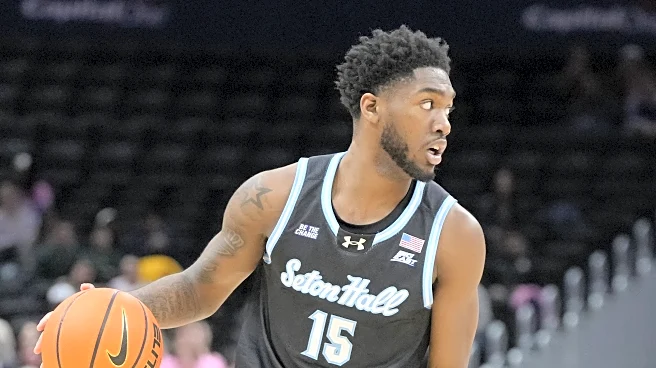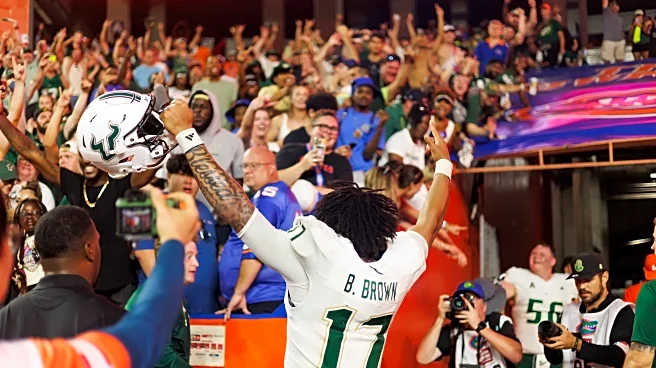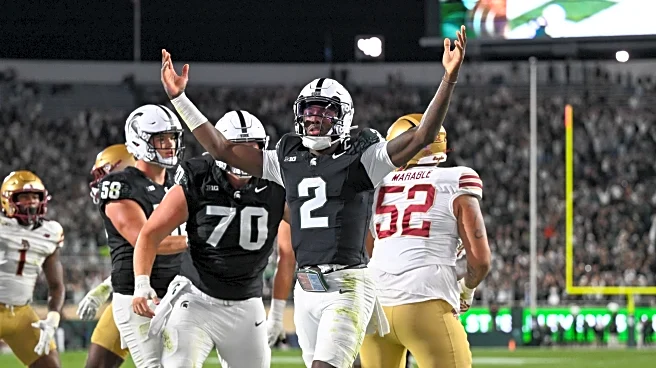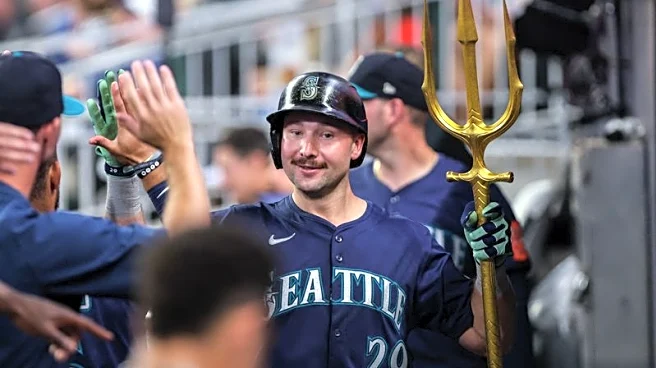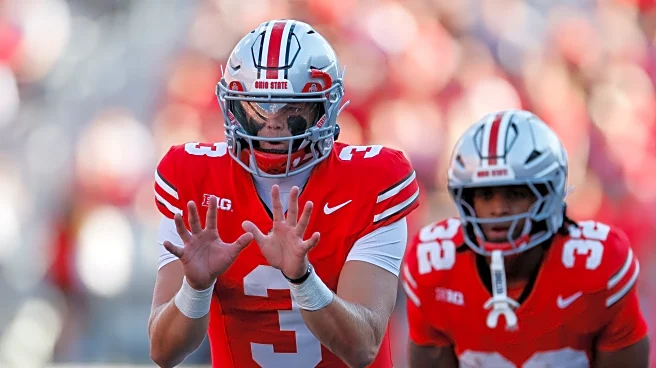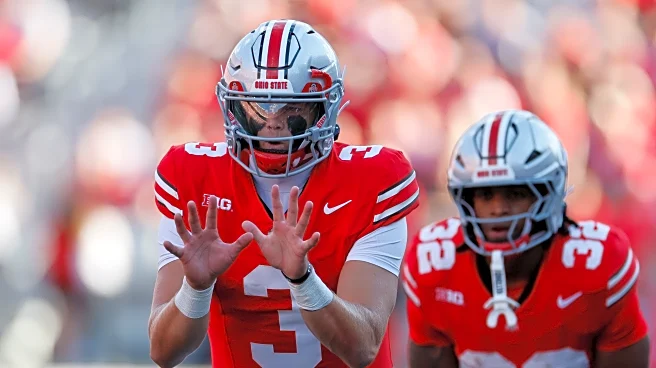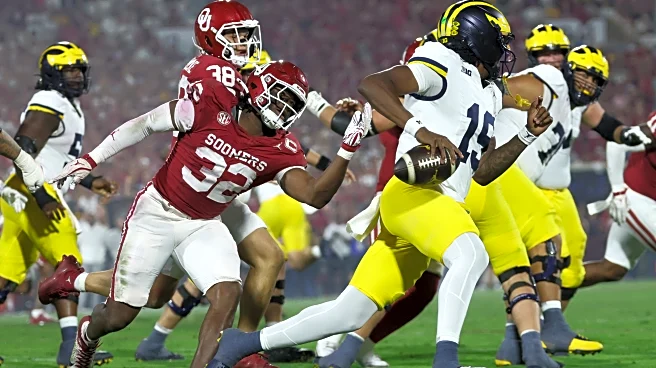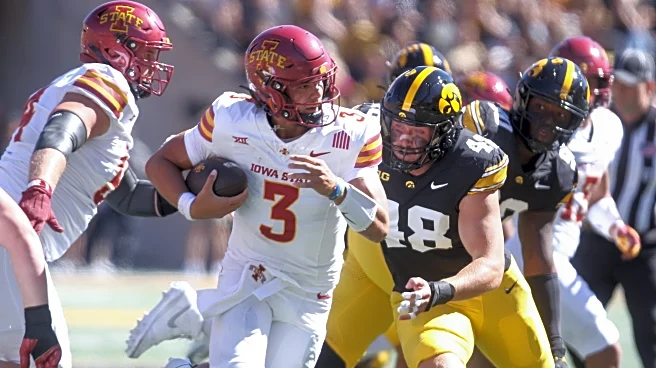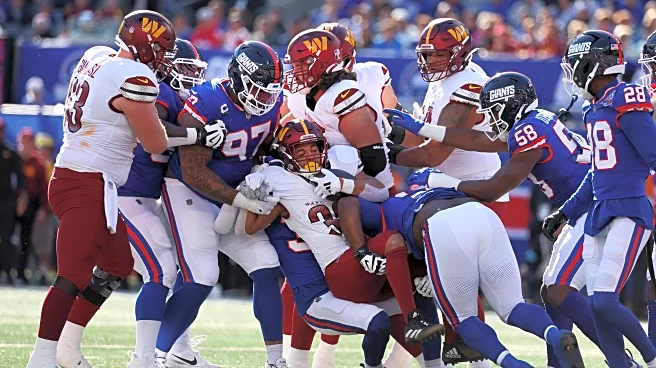
Team: Seton Hall Pirates
2024-25 Record: 7-25, 2-18 Big East
2024-25 Big East Finish: Last, two games behind DePaul even though they split the season series with the Blue Demons.
Final Computer Rankings
NET: #209
KenPom.com: #204
BartTorvik.com: #219
Postseason? Just an 12 point loss to Villanova in the conference tournament.
Key Departures: Seton Hall loses all six transfers that came in last year with eligibility remaining. One of the six is Gus Yalden who played a total of 218 minutes, and another is Zion
Harmon, who played 14 minutes in SHU’s first three games and then disappeared for personal reasons. Everyone else, going in order of total minutes played: Garwey Dual, Prince Aligbe, Scotty Middleton, and Emmanuel Okorafor? All gone, no hope of building a solid future rotation in South Orange.
Also leaving with eligibility remaining: Isaiah Coleman, who led Seton Hall in scoring and rebounding last season. He was a sophomore last year, but he’s going to try his luck at Oklahoma State now. If you squint, you can consider David Tubek’s 10.4 minutes per game last year as making him a rotation player even if he only played in 25 games. He transferred to UTEP with two years of eligibility left.
The Pirates knew they were losing Chaunce Jenkins, Dylan Addae-Wusu, and Yacine Toumi after last season, so finally we get around to a part of this section that’s not massively depressing for Pirates fans. Jenkins and Addae-Wusu were #2 and #3 behind Coleman on the scoring list last year, so that’s a real problem to deal with, and Addae-Wusu beat out Garwey Dual for the team lead in assists, 3.1 to 3.0. Just a whole bunch of production straight out the door, one way or another. Toumi was just a guy, 3.9 points and 2.8 rebounds in 16.4 minutes a night, but that’s a rotation guy for 29 appearances that they’re not bringing back.
Key Returners: There’s just two rotation guys coming back, both of whom averaged less than 17 minutes per game last year. You can debate amongst yourselves who mattered more to Seton Hall:
Was it Jahseem Felton, who only started 8 times in 26 appearances and averaged 16.7 minutes a night when he did play?
OR
Was it Godswill Erheriene, who appeared in all 32 games and started 23 times, but only averaged 14.2 minutes per game?
Points (3.5 vs 2.8) are mostly a wash, same for rebounds (1.3 vs 2.9). YOU MAKE THE CALL.
Key Additions: Well, believe it or not, but there’s a top 75 big man prospect on this roster. Najai Hines (6’10”, 250 lb center) is ranked at #72 in the Class of 2025 by 247 Sports’ Composite system. Hines is the third best prospect to sign with Seton Hall since the turn of the century, trailing only Isaiah Whitehead and Angel Delgado. He’s a late addition to the team for this year, committing in late July and announcing a reclassification from 2026 to start this fall. At a glance, there’s no immediate reason I can see — you’ll catch the drift in a second here — that Hines won’t be Seton Hall’s starting center when the season gets going in November.
There are also 10 — count ‘em, ten — transfers on the roster for 2025-26. Based on what we’ve seen at previous Division 1 stops regarding four of the transfers, I’m going to need to see them actually putting up buckets for SHU before I am convinced that they’re going to qualify as Key Additions to the roster. Guys who were fringe rotation players at NC State or LSU or Miami or Oklahoma State or West Virginia might turn into something in South Orange, but with this many new faces and so many of them with track records of being notable contributors, yeah, I’m going to have to wait and see it.
Let’s start the rest of them with a guy you may or may not remember, since he’s boomeranging back to the Big East. That’s Elijah Fisher (6’6”, 190 lb guard, Toronto, Ontario, Canada) who has gone from Texas Tech to DePaul to Pacific before landing with Seton Hall this year. If you’re saying, “oh, man, why leave Pacific for Seton Hall, forget basketball, just think about the landscape,” you’re confusing two WCC programs. Pacific is in Stockton, California, and Pepperdine is the one in Malibu right on the ocean. Anyway, Fisher averaged 15.7 points and 4.8 rebounds for the Tigers last year after putting up 10.2 points and 3.8 rebounds for DePaul the year before that. The catch? Those two teams collectively went 12-36. Nice numbers, didn’t exactly tip the scales.
Josh Rivera (6’7”, 200 lb forward, New Brunswick, New Jersey) is coming off a year where he didn’t really crack the starting lineup for Fordham all that much, but he did average over 25 minutes a game for the Rams. That helped him contribute 10.7 points and 4.3 rebounds, which is about what he did freshman year at Lafayette. Jacob Dar (6’7”, 170 lb guard/forward, Omaha, Nebraska) has the same “didn’t start” theme going from his previous stop — again, these are the guys that actually had roles, think about that — but after two seasons in Division 2, he chipped in 11.6 points, 4.6 rebounds, and just over a block per game for Rice last year. His 13 starts did come in the back half of the season, and he did shoot 38% on threes, so that’s something.
Moving along to guys who were starters at their previous stops, Adam Clark (5’10”, 155 lb guard, Philadelphia, Pennsylvania) had a pretty good run for two years at Merrimack. 16.6 points, 3.5 rebounds, 5.0 assists, 2.6 steals, and that’s top 25 in the country in points, assists, and steals, so that’s pretty dang great. You might hear him called Budd on a TV broadcast, but you probably won’t hear an announcer say he hit a three, as he’s a career 23% shooter. Before Hines committed, there’s a chance that Stephon Payne (6’9”, 210 lb forward, Jacksonville, Florida) was going to be SHU’s starter at center, which probably wouldn’t have gone terribly well just because of his listed weight. He was productive in two years at Jacksonville, adding 7.8 points and 6.2 rebounds per game for the Dolphins. Finally, there’s Tajuan Simpkins (6’4”, 170 lb guard, Brooklyn, New York), who was listed as TK Simpkins when he was at Elon for two years. Across that time, he averaged 15.0 points, 3.9 rebounds, 2.9 assists, and 1.3 steals. He started shooting threes more often last year than the year before, and for good reason: He boosted his shooting percentage up to nearly 37%.
Coach: Shaheen Holloway, entering his fourth season at Seton Hall and eighth season as a Division 1 head coach. He has a overall record of 113-110 and a 49-53 mark with the Pirates.
Outlook: Let’s set the table here for Seton Hall.
They have two guys who qualify as rotation players from last year but didn’t really make an impact on their 7-25 season, which was the first time that SHU failed to hit double digits in wins since 1984, a freshman big man that only finalized his commitment to the squad in July and probably has to start for them anyway, and the reason for that is almost everyone else on the roster probably qualifies as a guard or a wing, and if that’s the case, there’s gonna be a lot of guys who just can’t play because there’s only so many minutes to go around.
So: Undersized, inexperienced, no continuity, and a head coach prone to outbursts in public about how much he hates how his team plays and practices as the Pirates try to bounce back from being the worst team in the top five conferences in the country.
Let’s say something nice. Seton Hall was bad last year because they couldn’t score. Wait, that wasn’t actually the compliment. The compliment is that through everything else going on with that team — only two guys played in all 32 games and no one started more than 29 times — Shaheen Holloway coached that team to being the #89 defense in the country according to KenPom.com. Is that great? No, it’s not, especially by his own measure, as the Pirates were #20 and #33 in his first two seasons, but it’s not the dumpster fire that finishing #315 in offensive efficiency was.
The catch is two-fold. First: Seton Hall’s defense was completely propped up by forcing turnovers, where they were top 10 in the country, but sub-300 in any measure of shooting percentage defense. Second: They had the second worst defensive efficiency in the Big East during league play even while finishing second in turnover rate. As long as you could keep track of the ball, you could rip Seton Hall apart last year. Look at Marquette. 19.1% and 21% turnover rates, both below Seton Hall’s average, and ta-da: You get MU winning by 17 on the road and 24 at home.
Is Shaheen Holloway going to figure out how to get this collection of guys who don’t know each other’s names yet to play defense the way he wants to play and score enough to at least be a competitive basketball team? He had eight new transfers on last year’s team to go with two returning rotation guys, and that didn’t work. Now he has 10, and you can only say that there’s two rotation guys returning if you squint.
I don’t like Seton Hall’s chances, guys.
Follow Anonymous Eagle on social media
Facebook: AnonymousEagle
Instagram: AnonymousEagleSBN
Bluesky: AnonymousEagle
